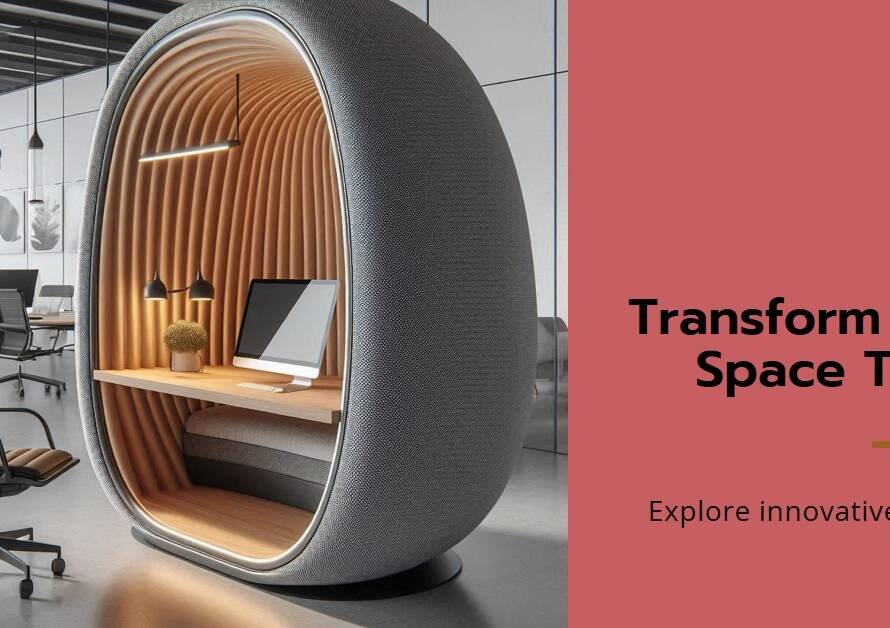
Table of Contents
1. Enhanced Design Clarity and Precision – 3D Visualizations
The shift towards 3D visualizations in architecture stems from the inherent advantages they offer in terms of design clarity and precision. Unlike traditional 2D drawings or blueprints, 3D visualizations provide a holistic view of the proposed design, allowing architects to visualize the spatial relationships, proportions, and aesthetics with unparalleled accuracy. This enhanced clarity enables architects to detect potential design flaws early in the process, leading to more efficient iterations and ultimately, superior final designs.
Moreover, with the advent of advanced modeling software and rendering techniques, architects can create lifelike representations of their designs, incorporating intricate details such as materials, textures, and lighting conditions. This level of realism not only aids architects in articulating their design intent to clients and stakeholders but also fosters a deeper understanding of the project’s nuances, ensuring alignment throughout the design and construction phases.
2. Streamlined Collaboration and Communication
Effective collaboration lies at the heart of successful architectural projects, and 3D visualizations serve as a catalyst for streamlined communication among multidisciplinary teams. By visualizing designs in 3D, architects can seamlessly collaborate with engineers, interior designers, and other stakeholders, fostering a cohesive approach towards project realization. The ability to share 3D models across platforms further enhances collaboration, allowing teams to work concurrently on different aspects of the design while maintaining consistency and coherence.
Furthermore, 3D visualizations transcend language barriers, enabling architects to communicate complex design concepts more intuitively to clients and non-technical stakeholders. Whether presenting virtual walkthroughs, animated flyovers, or interactive 3D models, architects can convey the essence of their designs comprehensively, eliciting valuable feedback and ensuring alignment with client expectations from the outset.
3. Iterative Design Refinement
The iterative nature of design is intrinsic to architecture, and 3D visualizations empower architects to refine their designs iteratively with precision and agility. By leveraging parametric modeling tools and real-time rendering capabilities, architects can explore multiple design iterations rapidly, evaluating various options in terms of aesthetics, functionality, and sustainability. This iterative approach not only fosters creativity but also enables architects to optimize designs in response to evolving project requirements and client feedback.
Additionally, 3D visualizations facilitate informed decision-making throughout the design process by simulating design alternatives and assessing their impact on factors such as daylighting, energy efficiency, and spatial ergonomics. Architects can conduct virtual simulations and analyses, identifying potential design optimizations and enhancing the overall performance and sustainability of the built environment.
4. Client Engagement and Empowerment
In an era characterized by visual literacy and interactive technologies, architects are leveraging 3D visualizations to enhance client engagement and empowerment. Presenting designs in immersive 3D environments, augmented reality (AR), or virtual reality (VR) experiences offers clients a firsthand perspective of their future spaces, fostering a deeper emotional connection and investment in the project. Clients can explore design options, visualize material selections, and experience spatial dynamics in real time, empowering them to make informed decisions aligned with their preferences and objectives.
Moreover, 3D visualizations enable architects to demystify complex design concepts and technical details for clients, bridging the gap between professional expertise and client understanding. By engaging clients in collaborative design reviews using interactive 3D models, architects promote transparency, trust, and active participation throughout the design journey, ultimately leading to more satisfied clients and successful project outcomes.
5. Marketing and Presentation Impact
Beyond the realms of design development, 3D visualizations play a pivotal role in elevating the marketing and presentation strategies of architectural firms. In an increasingly competitive industry landscape, compelling visual narratives are essential to captivate audiences and differentiate architectural projects effectively. 3D renderings, animations, and virtual tours serve as powerful marketing tools, enabling architects to showcase their design vision, creativity, and expertise in captivating ways.
Architectural firms leverage high-quality 3D visualizations to create stunning project portfolios, marketing materials, and presentations that resonate with clients, investors, and the wider community. Whether showcasing conceptual designs for prospective projects or highlighting completed works in immersive digital environments, architects harness the persuasive impact of 3D visualizations to garner attention, win projects, and establish a distinct brand identity synonymous with innovation and excellence.
6. Integration with Building Information Modeling (BIM)
The integration of 3D visualizations with Building Information Modeling (BIM) methodologies represents a paradigm shift in the architectural industry, offering holistic insights and efficiencies across the project lifecycle. By developing 3D models within a BIM framework, architects can create intelligent digital representations that encompass not just visual aesthetics but also rich data pertaining to building components, materials, costs, and performance parameters.
This integration enables architects to conduct comprehensive design analyses, clash detections, and virtual simulations that inform design decisions while ensuring coordination and compliance across disciplines. The interoperability of 3D BIM models facilitates seamless data exchange among project stakeholders, from architects and engineers to contractors and facility managers, fostering collaboration, reducing errors, and optimizing project outcomes from conception to occupancy.
7. Flexibility in Design Visualization Techniques
One of the key attractions of 3D visualizations for architects lies in the flexibility and versatility they offer in design visualization techniques. From photorealistic renderings and cinematic animations to interactive VR experiences and real-time walkthroughs, architects can choose and combine visualization methods that best suit their design intent, audience preferences, and project requirements.
This flexibility extends to the adaptability of 3D models across different scales and project phases, enabling architects to seamlessly transition from conceptual sketches to detailed renderings and construction documentation using the same digital assets. Whether communicating design concepts to clients, presenting proposals to regulatory authorities, or collaborating with construction teams on site logistics, architects leverage diverse 3D visualization techniques to communicate effectively and drive project success.
8. Sustainable Design Visualization and Analysis
The imperative for sustainable design practices has propelled architects to integrate environmental considerations seamlessly into their design processes, and 3D visualizations play a pivotal role in visualizing and analyzing sustainable design strategies. By incorporating parametric modeling tools and environmental simulation software, architects can assess the environmental performance of their designs in terms of energy efficiency, daylighting, thermal comfort, and material sustainability.
3D visualizations facilitate the visualization of sustainable design features such as green roofs, passive solar strategies, and energy-efficient building systems, allowing architects to communicate the benefits of sustainable design to clients, regulators, and communities effectively. Real-time analysis tools enable architects to optimize designs for sustainability metrics, benchmark performance against industry standards, and demonstrate the environmental stewardship of their projects, contributing to a more sustainable built environment.
9. Evolving Client Expectations and Technological Advancements
The evolution of client expectations and technological advancements in the architectural industry continually drive the adoption of 3D visualizations as a standard practice rather than a novelty. Clients today expect immersive and interactive design experiences that go beyond traditional drawings and blueprints, demanding realistic visualizations that convey the look, feel, and functionality of their future spaces accurately.
Simultaneously, advancements in rendering technologies, computational design tools, and virtual reality platforms have democratized 3D visualization capabilities, making them more accessible, cost-effective, and scalable for architectural firms of all sizes. Architects harness these technological advancements to create compelling visual narratives, explore design possibilities, and engage clients in collaborative decision-making processes, positioning 3D visualizations as indispensable tools in the contemporary architectural toolkit.
10. Future Prospects: Innovations in Real-Time Visualization and AI


Looking ahead, the trajectory of 3D visualizations in architecture promises even more exciting innovations, driven by advancements in real-time visualization technologies and artificial intelligence (AI) applications. Real-time rendering engines empower architects to create immersive, interactive visualizations with unprecedented speed and realism, blurring the boundaries between virtual and physical environments.
AI-driven tools and algorithms, such as generative design and predictive modeling, are poised to revolutionize the design process by augmenting architects’ creativity, automating routine tasks, and optimizing design solutions based on data-driven insights. From automated design iteration suggestions to predictive performance analyses, AI-powered 3D visualizations offer architects powerful tools to enhance design outcomes, efficiency, and sustainability in the built environment.
In conclusion, the widespread adoption of 3D visualizations in architecture reflects a transformative shift in design methodologies, client engagements, and technological landscapes. Architects are embracing 3D visualizations not just as visualization tools but as integral components of a digitally empowered design ecosystem that fosters innovation, collaboration, and sustainability across the architectural spectrum. As the capabilities of 3D visualization technologies continue to evolve, architects stand poised to unlock new dimensions of creativity, efficiency, and value in shaping the built environment of tomorrow.


